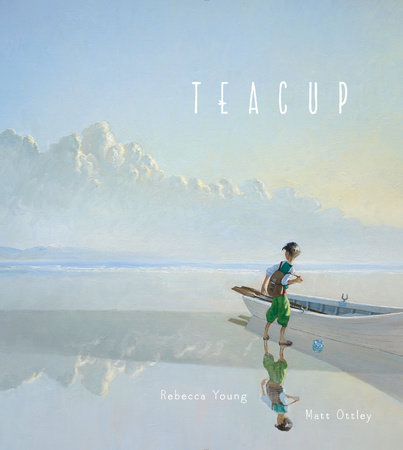By Janine Schall
As an unapologetic procrastinator, I began writing this blog post by surfing the internet, checking out various social media and news websites to catch up on the latest gossip and political disasters. Stories and comments about the proposed border wall between the United States and Mexico popped up on every website I visited, which was both depressing and predictable.
I’m writing at my desk in Edinburg, Texas, located in the Rio Grande Valley less than 20 miles from the US/Mexico border. For people here, the border is physical, social, and emotional reality. It’s a river and a bridge, a wall, a border patrol checkpoint. It’s a demarcation between ‘us’ and ‘them’ and a reminder that you can’t be both ‘us’ and ‘them’. The border is a point of separation, a site of oppression, a boundary, an edge. And it’s a place of hope and possibility, sometimes all of these mixed together.
While people in the Rio Grande Valley live with the complexity of a national political border that separates the United States from Mexico, people everywhere deal with different kinds of borders every day. Geographic borders abound; state borders, school district catchments, property lines. Yet other borders also have an impact on our lives; constraining, binding, separating, or defending who we are and how we live. People deal with racial, ethnic, religious, linguistic, cultural and political borders. Education, as well, is full of borders between subject areas, grade levels, what kinds of knowledge are considered valuable, and who is granted access to different forms of education. We are all surrounded by borders, which need to be examined, critiqued, confronted, and crossed.
Citizens in a diverse society need to be border crossers, able to navigate both real and metaphorical boundaries between peoples, places, and ideas. Kathy Short argues:
“The world that children live in today is not all that different in complexity and societal issues—except that our knowledge of, and connection to, that world has changed. The fundamental change for children is that the world is visibly present in their daily lives through technology, mass media, economic interdependency, and global mobility. Even if children never leave the small communities in which they were born, their everyday lives are constantly influenced by global societies and peoples” (2016, pg. 3).
Children’s literature used in powerful ways can help children learn how to be border crossers. In the next three weeks I will share examples of children’s picture books that can be used to help children think about different kinds of borders and the roles they play in our lives. Next week I will discuss books about geographic borders. This will be followed by a discussion of books about cultural and linguistic borders. I will finish the month with examples of border crossing in educational settings.
 I end this post with Teacup, written by Rebecca Young and gorgeously illustrated by Matt Ottley. This picture book shares the story of a young boy looking for a new home, taking with him a cupful of dirt from the place he used to live. The journey is sometimes peaceful and sometimes difficult, but the boy is sheltered by the apple tree that grows in his cup of dirt and eventually he finds a new place to put down roots and a new person to share his world with. This book can be read as an immigration story, or a story about change. I read it as a an allegorical tale of border crossing; venturing out from the known, engaging with the complexities of unfamiliar ideas, and building new understandings.
I end this post with Teacup, written by Rebecca Young and gorgeously illustrated by Matt Ottley. This picture book shares the story of a young boy looking for a new home, taking with him a cupful of dirt from the place he used to live. The journey is sometimes peaceful and sometimes difficult, but the boy is sheltered by the apple tree that grows in his cup of dirt and eventually he finds a new place to put down roots and a new person to share his world with. This book can be read as an immigration story, or a story about change. I read it as a an allegorical tale of border crossing; venturing out from the known, engaging with the complexities of unfamiliar ideas, and building new understandings.
References
Short, K. G. (2016). A curriculum that is intercultural. In K. G. Short, D. Day, and J. Schroeder (Eds.), Teaching globally: Reading the world through literature (3-24). Portland, ME: Stenhouse.
Journey through Worlds of Words during our open reading hours: Monday through Friday 9 a.m. to 5 p.m., Saturday 9 a.m. to 1 p.m. Check out our two online journals, WOW Review and WOW Stories, and keep up with WOW’s news and events.
- Themes: Janine Schall
- Descriptors: Books & Resources, Debates & Trends, WOW Currents

